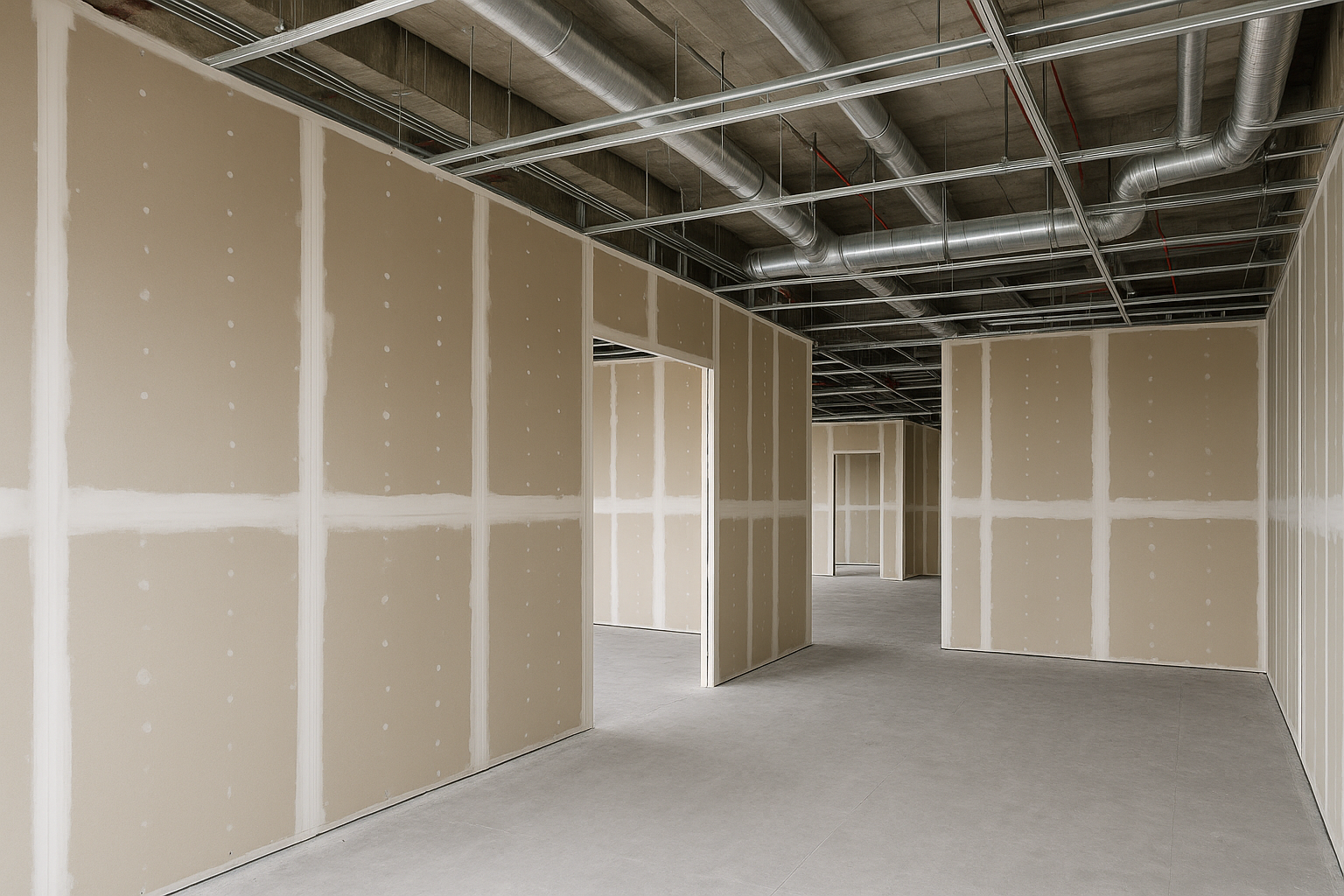
Incomplete scope documents from design consultants are a recurring pain point for drywall estimators. These gaps can distort cost projections, delay field coordination, and lead to change orders that erode margins. For architects, engineers, and general contractors, recognizing the limitations of initial design packages—and having a system in place to manage and clarify them—is crucial for project success.
Design consultants are often focused on design intent, not buildability. As a result, they may omit critical elements such as:
These omissions don’t always stem from negligence—they’re a function of phased documentation and limited coordination between trades. But if not addressed during preconstruction, they lead to confusion, delays, and budget risks.
This is where drywall estimators become more than quantity calculators—they become risk managers. By identifying ambiguous or missing items early, estimators can protect the budget and guide discussions that clarify scope before the project hits the field.
Platforms like Active Estimating empower teams to log assumptions, flag omissions, and visually validate scope areas in real-time. These features create a transparent audit trail that protects all parties involved.
Using systems designed for drywall estimating that integrate assumptions tracking and visual validation brings clarity to incomplete documents. Estimators can proactively signal issues, align with field teams, and document decisions—reducing rework and claims risk later in the project.
Rather than viewing incomplete scope as a frustration, see it as an opportunity to lead. Estimators who lean into this ambiguity—armed with the right tools and processes—build trust with owners and enhance their firm’s reputation for diligence and clarity.
Design packages will never be perfect—but drywall estimates can be. By approaching incomplete scope with a structured, data-driven approach, construction teams can identify and manage risk, ensure accurate budgets, and drive proactive coordination. Platforms like Active Estimating provide the tools to make this possible at scale—bridging the gap between what’s drawn and what’s built, and turning estimation into a collaborative, transparent process.
Contact Information:
Active Estimating
508 2nd Street, Suite 208
Davis
California
95616
Rich Schoener
richard@activeestimating.com
(877)
Schedule a personalized demo to see how Active Estimating can work for your specific needs.
